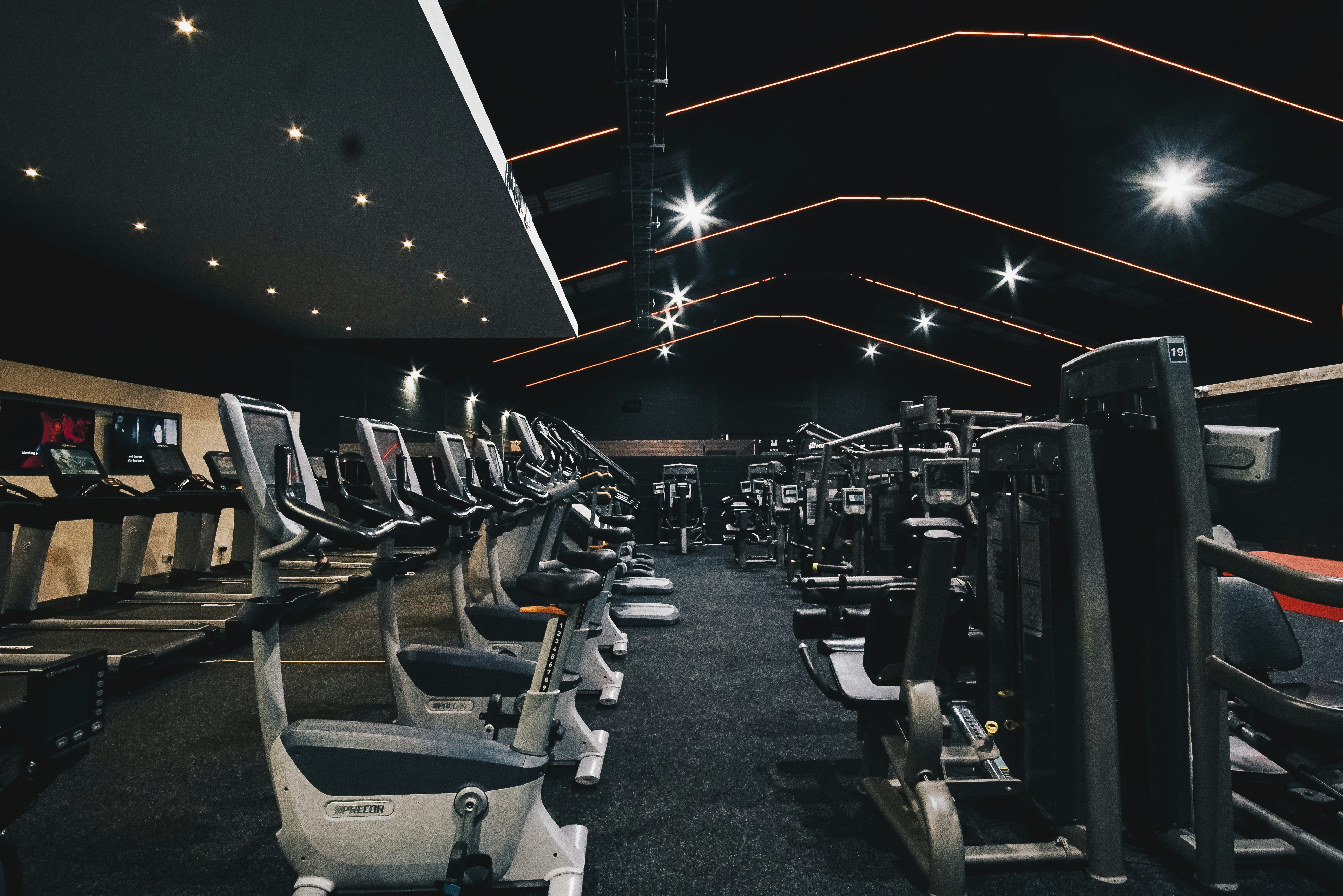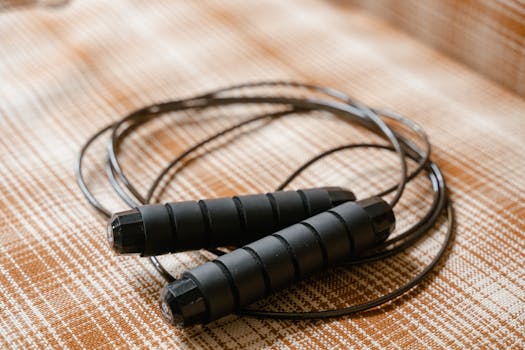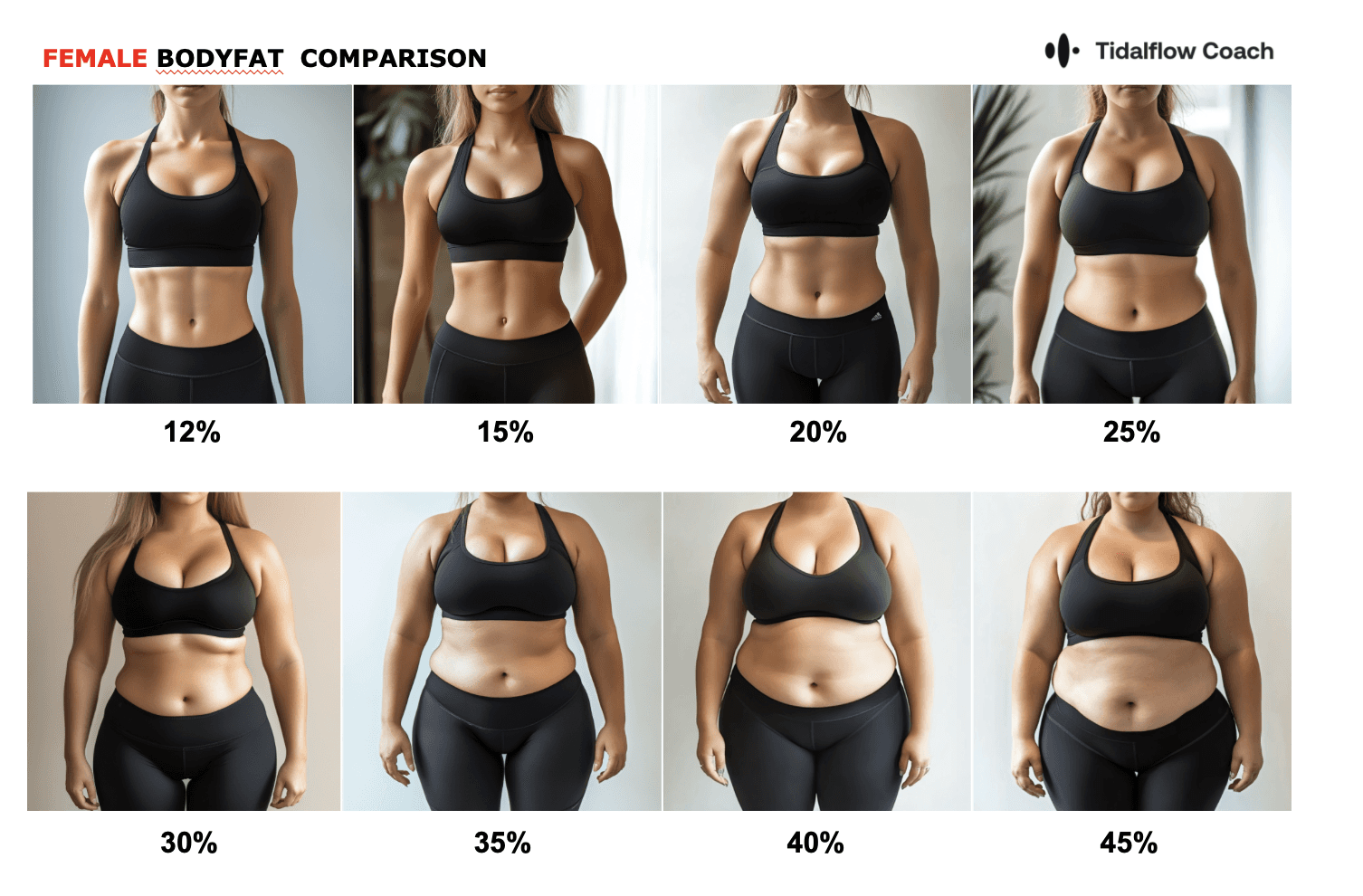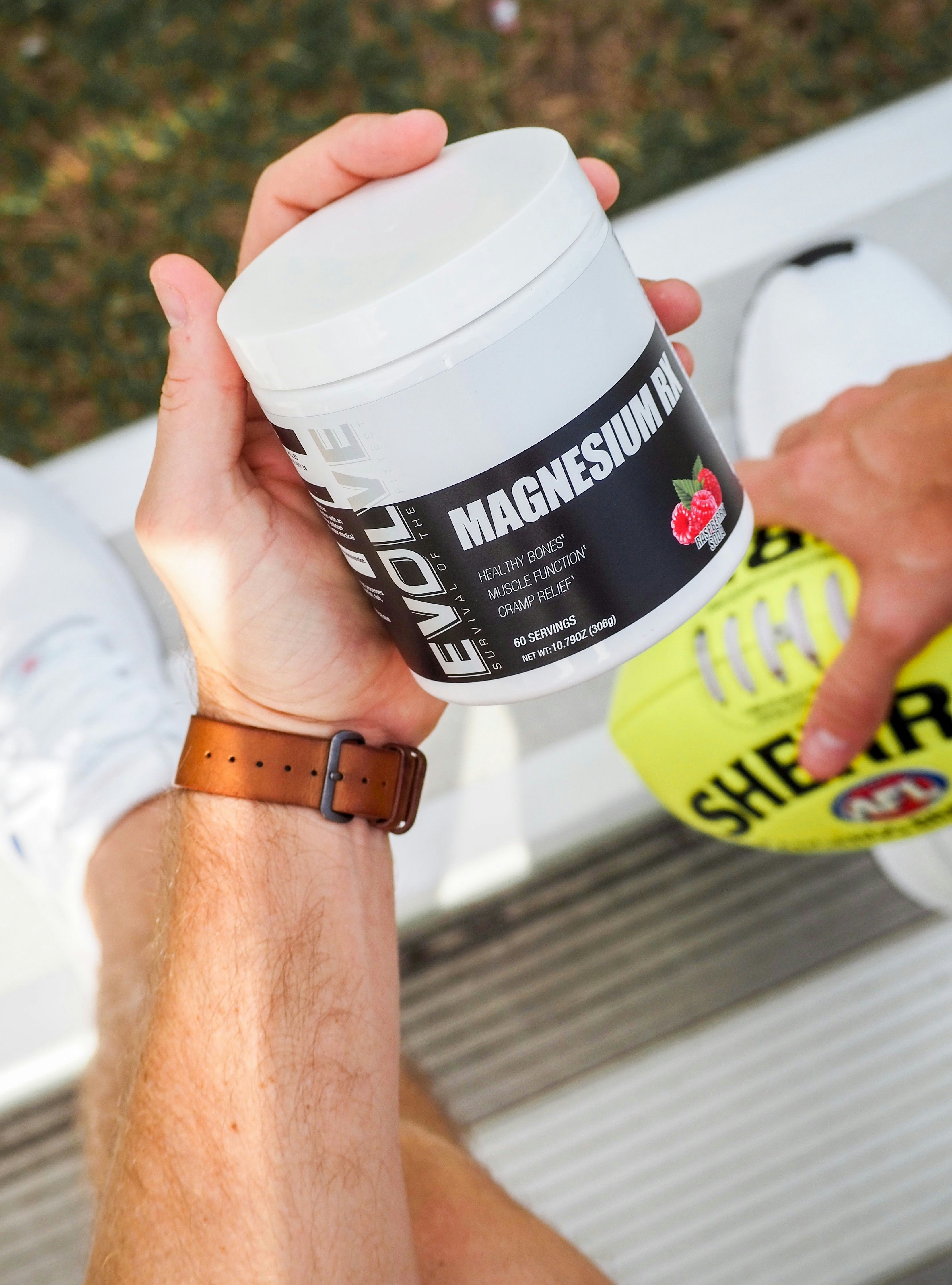Master the Cable Pullover: The Ultimate Back-Building Guide
Sep 25, 2024
Are you looking to add a powerful exercise to your back workout routine? Look no further than the cable pullover. This versatile movement not only targets your lats but also engages multiple muscle groups for a comprehensive upper body workout. In this guide, we'll dive deep into the cable pullover, exploring its benefits, proper technique, variations, and how to incorporate it into your fitness regimen effectively.
What Is a Cable Pullover?
The cable pullover is an isolation exercise primarily targeting the latissimus dorsi (lats), the large, fan-shaped muscles on the sides of your back. It involves extending your arms overhead and pulling them down towards your hips using a cable machine. This movement mimics the motion of the classic dumbbell pullover but offers the advantage of constant tension throughout the range of motion.

Muscles Worked by Cable Pullovers
One of the most common questions about this exercise is, "What muscle do cable pullovers work?" While the lats are the primary target, cable pullovers engage several muscle groups:
Latissimus Dorsi (Lats): The main muscle targeted, responsible for shoulder extension and adduction.
Pectoralis Major (Chest): Particularly the lower portion of the chest muscles.
Triceps: The long head of the triceps is involved in shoulder extension.
Teres Major: A small muscle that assists the lats in shoulder extension.
Posterior Deltoids: The rear shoulder muscles are engaged during the movement.
Core Muscles: Including the rectus abdominis and obliques, which work to stabilize your torso.
How to Do a Proper Cable Pullover
Mastering the proper form is crucial for maximizing the benefits of the cable pullover while minimizing the risk of injury. Here's a step-by-step guide:
Set Up: Attach a straight bar or rope attachment to a high cable pulley. The pulley should be set slightly above head height.
Starting Position: Stand facing the cable machine, feet shoulder-width apart. Grab the attachment with an overhand grip, hands slightly wider than shoulder-width.
Body Position: Take a step back from the machine, maintaining a slight forward lean from your hips. Keep your core engaged and your back straight.
The Movement:
Keeping your arms relatively straight (a slight bend in the elbows is okay), pull the attachment down towards your thighs.
Focus on using your lats to initiate the movement, not your arms.
As you pull down, feel the stretch in your lats and maintain control throughout the motion.
Peak Contraction: Pause briefly when the attachment reaches your thighs, squeezing your lats.
Return: Slowly allow your arms to raise back to the starting position, maintaining control and feeling the stretch in your lats.
Repeat: Perform the desired number of repetitions, maintaining proper form throughout the set.
Remember, the key to effective cable pullovers is maintaining tension in your lats throughout the entire range of motion. Avoid using momentum or swinging your body to move the weight.
Common Mistakes to Avoid
To ensure you're getting the most out of your cable pullovers, watch out for these common errors:
Using too much weight: This can lead to poor form and reduced lat engagement.
Bending the elbows too much: Keep your arms relatively straight to focus on lat activation.
Arching the back: Maintain a neutral spine throughout the movement.
Moving too quickly: Control the motion for better muscle engagement and to prevent injury.
Not engaging the core: Keep your midsection tight to stabilize your body.
Is Cable Pullover for Chest?
While cable pullovers do engage the chest muscles to some degree, particularly the lower portion, they are primarily a back exercise. The chest involvement is secondary to the lat activation. If your goal is to target the chest specifically, exercises like the cable chest press or cable flys would be more effective.
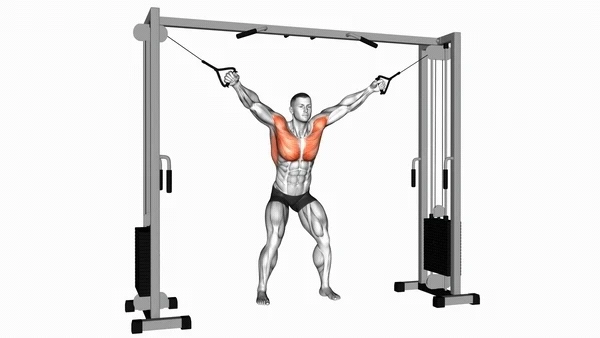
Why Can't I Feel Lat Pullovers?
If you're struggling to feel your lats working during pullovers, consider these tips:
Focus on mind-muscle connection: Consciously think about pulling with your lats, not your arms.
Reduce the weight: Using lighter weights can help you focus on proper form and muscle activation.
Slow down the movement: Perform the exercise more slowly to increase time under tension.
Try different variations: Some people find it easier to feel their lats with different grip positions or body angles.
Warm up properly: Perform some lat activation exercises before your main workout.
Cable Pullover Variations
To keep your workouts fresh and target your lats from different angles, try these cable pullover variations:
Kneeling Cable Pullover: Perform the exercise kneeling on the ground for increased stability.
Single-Arm Cable Pullover: Use one arm at a time to address any muscle imbalances.
Incline Bench Cable Pullover: Lie on an incline bench for a different angle of pull.
Standing Straight Cable Pullover: Perform the exercise without the forward lean for a slightly different muscle emphasis.
Rope Attachment Pullover: Use a rope attachment for a neutral grip variation.
Incorporating Cable Pullovers into Your Workout Routine
To effectively include cable pullovers in your training program, consider the following guidelines:
Frequency: Perform cable pullovers 1-2 times per week as part of your back or upper body workouts.
Sets and Reps: Start with 3-4 sets of 10-12 repetitions, focusing on proper form and muscle activation.
Placement in Workout: Cable pullovers can be used as a primary exercise or as a finishing movement after compound exercises like pull-ups or rows.
Progressive Overload: Gradually increase the weight or reps as you become stronger to ensure continued progress.
Sample Back Workout Including Cable Pullovers
Here's an example of how you might incorporate cable pullovers into a comprehensive back workout:
Pull-ups or Lat Pulldowns: 3-4 sets of 8-10 reps
Bent-Over Barbell Rows: 3-4 sets of 8-10 reps
Cable Seated Rows: 3 sets of 10-12 reps
Cable Pullovers: 3-4 sets of 10-12 reps
Face Pulls: 3 sets of 12-15 reps (for rear deltoid and upper back)
Benefits of Cable Pullovers
Incorporating cable pullovers into your workout routine offers several advantages:
Lat Isolation: Cable pullovers effectively target the lats, helping to build width and thickness in the back.
Constant Tension: The cable machine provides consistent resistance throughout the entire range of motion.
Improved Posture: Strengthening the lats and other back muscles can contribute to better posture.
Versatility: Cable pullovers can be easily modified to suit different fitness levels and goals.
Core Engagement: The exercise requires core stability, providing an additional benefit to your midsection.
Shoulder Health: When performed correctly, cable pullovers can improve shoulder mobility and strength.
Cable Pullovers vs. Other Back Exercises
While cable pullovers are an excellent exercise for targeting the lats, they should be part of a well-rounded back workout. Here's how they compare to other popular back exercises:
vs. Lat Pulldowns: Both target the lats, but cable pullovers focus more on the stretching and contraction of the muscle.
vs. Rows: Rows target the middle back more, while pullovers emphasize lat width.
vs. Pull-ups: Pull-ups are a compound movement that engages more muscle groups, while pullovers isolate the lats more effectively.
vs. Dumbbell Pullovers: Cable pullovers provide constant tension throughout the movement, potentially leading to better muscle activation.
Addressing Common Concerns
Lower Back Pain: If you experience lower back discomfort during cable pullovers, try performing them on an incline bench or in a kneeling position to reduce stress on the lower back.
Shoulder Impingement: Maintain proper form and avoid overextending your arms overhead. If you have existing shoulder issues, consult a physical therapist or certified trainer before attempting this exercise.
Difficulty Feeling the Lats: Focus on the mind-muscle connection and try different variations or grip positions. Sometimes, using a lighter weight and higher reps can help you better feel the target muscles working.
Nutrition and Recovery for Back Development
To support your back training and overall muscle growth, pay attention to your nutrition and recovery:
Protein Intake: Consume adequate protein (about 1.6-2.2 grams per kilogram of body weight) to support muscle repair and growth.
Hydration: Stay well-hydrated to support muscle function and recovery.
Rest: Allow at least 48 hours between intense back workouts to give your muscles time to recover.
Sleep: Aim for 7-9 hours of quality sleep per night to support muscle growth and overall recovery.
For personalized nutrition advice tailored to your fitness goals, consider using Tidalflow's AI-powered nutrition guidance.
Conclusion: Mastering the Cable Pullover for a Stronger Back
The cable pullover is a valuable addition to any back workout routine. By focusing on proper form, understanding the muscles involved, and incorporating variations, you can use this exercise to build a stronger, wider back and improve your overall upper body strength.
Remember, consistency is key in any fitness journey. Incorporate cable pullovers into your regular workout routine, progressively overload as you get stronger, and be patient with your results. With time and dedication, you'll see improvements in your back development and overall physique.
Ready to take your back workouts to the next level? Let Tidalflow's AI personal trainer create a customized workout plan tailored to your goals, equipment availability, and fitness level. With personalized guidance and real-time adjustments, you'll be on your way to building the strong, sculpted back you've always wanted. Start your journey to a stronger back today!
You should not have to do it all on your own



